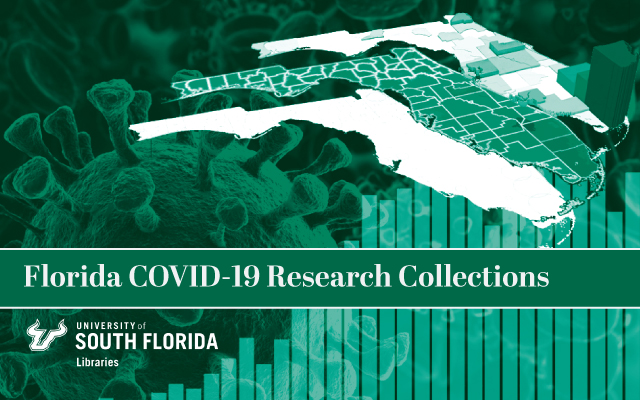Possible Transmission Flow of SARS-CoV-2 Based on ACE2 Features
Sk Sarif Hassan, Pingla Thana Mahavidyalaya
Shinjini Ghosh, University of Calcutta
Diksha Attrish, University of Delhi
Pabitra Pal Choudhury, Indian Statistical Institute, Kolkata
Alaa A. A. Aljabali, Yarmouk University-Faculty of Pharmacy
Bruce D. Uhal, Michigan State University
Kenneth Lundstrom, PanTherapeutics, Rte de Lavaux 49, CH1095 Lutry
Nima Rezaei, Tehran University of Medical Sciences
Vladimir N. Uversky, University of South Florida
Murat Seyran, University of Vienna
Damiano Pizzol, Italian Agency for Development Cooperation—Khartoum, Sudan
Parise Adadi, University of Otago, Dunedin
Antonio Soares, University of Texas Health Science Center at San Antonio
Tarek Mohamed Abd El-Aziz, University of Texas Health Science Center at San Antonio
Ramesh Kandimalla, CSIR-Indian Institute of Chemical Technology
Murtaza M. Tambuwala, Ulster University
Gajendra Kumar Azad, Patna University
Samendra P. Sherchan, Tulane University
Wagner Baetas-da-Cruz, Federal University of Rio de Janeiro (UFRJ)
Kazuo Takayama, Kyoto University
Ángel Serrano-Aroca, Catholic University of Valencia San Vicente Mártir
Gaurav Chauhan, School of Engineering and Sciences, Tecnologico de Monterrey
Giorgio Palu, University of Padova
Adam M. Brufsky, University of Pittsburgh School of Medicine
Abstract
Angiotensin-converting enzyme 2 (ACE2) is the cellular receptor for the Severe Acute Respiratory Syndrome Coronavirus 2 (SARS-CoV-2) that is engendering the severe coronavirus disease 2019 (COVID-19) pandemic. The spike (S) protein receptor-binding domain (RBD) of SARS-CoV-2 binds to the three sub-domains viz. amino acids (aa) 22-42, aa 79-84, and aa 330-393 of ACE2 on human cells to initiate entry. It was reported earlier that the receptor utilization capacity of ACE2 proteins from different species, such as cats, chimpanzees, dogs, and cattle, are different. A comprehensive analysis of ACE2 receptors of nineteen species was carried out in this study, and the findings propose a possible SARS-CoV-2 transmission flow across these nineteen species.


